Creating a Cozy Sanctuary with Today’s Most Sought-After Hardwood
A house is made of bricks and beams, but a home is made of love and dreams.
Home is where love resides, memories are created, friends always belong, and laughter never ends.
Home is not just a place, it’s a feeling of safety and serenity, a sanctuary from the chaos of the world.
No matter how you say it, homeowners all agree that nowhere on earth feels more comfortable than the home you create.
But what does that look like? Where do you begin?
Defining What Sanctuary Means To You
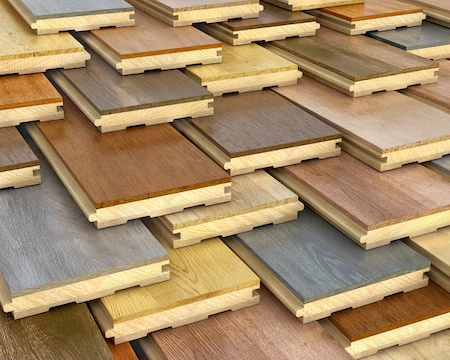 What is a home sanctuary? It’s a place within your residence that provides a sense of peace, tranquility, and safety. It’s a place where you can retreat from the outside world, unwind, and recharge both physically and mentally.
What is a home sanctuary? It’s a place within your residence that provides a sense of peace, tranquility, and safety. It’s a place where you can retreat from the outside world, unwind, and recharge both physically and mentally.
This sanctuary could be a cozy corner with a comfortable chair and soft lighting for reading, a serene garden or backyard, a meditation room, or simply your bedroom where you feel most at ease. The key is that it’s a space tailored to your needs and preferences, where you can find solace and rejuvenation amidst the demands of daily life.
It’s a place designed by you, for you.
Why Should You Make Your Own Home Sanctuary
We all need a place where we can just be. A place where you can truly relax and get comfortable. Where you don’t feel more stress – you feel it slip away.
Because let’s face it, we all have stress in our lives.
A sanctuary at home provides a retreat from the stresses of everyday life. Having a designated space where you can relax and unwind can help lower stress levels and promote overall well-being. It serves as a space for personal renewal and rejuvenation. It allows you to recharge your batteries and replenish your energy, helping you to face life’s challenges with a renewed sense of vigor.
It can boost productivity, and encourage mindfulness and self-reflection. It provides an opportunity to disconnect from distractions and engage in activities that promote mindfulness, such as meditation, journaling, or simply being present in the moment.
This isn’t just about you. A home sanctuary can also be a place for nurturing relationships. Whether it’s spending quality time with family, having heart-to-heart conversations with loved ones, or simply enjoying each other’s company, a peaceful environment fosters deeper connections.
Convinced you need a home sanctuary?
Where To Start With A Home Sanctuary … Hardwood
Thinking of remodeling your home and creating a home sanctuary you’re excited to come home to? Many designers will tell you the best place to start is with a base.
Hardwood floors can be the best flooring for a number of reasons:
- Warmth and Natural Beauty – Hardwood floors add warmth and natural beauty to any space, creating a welcoming and cozy atmosphere. The rich tones and unique grain patterns of hardwood can instantly elevate the aesthetic appeal of your sanctuary.
- Timeless Elegance – Hardwood floors have a timeless elegance that never goes out of style. Whether your sanctuary has a traditional, modern, or rustic design, hardwood flooring complements a variety of interior styles, ensuring that your space remains inviting and stylish for years to come.
- Durability and Longevity – High-quality hardwood floors are durable and long-lasting, making them a wise investment for your home sanctuary. With proper care and maintenance, hardwood floors can withstand heavy foot traffic and retain their beauty for decades, providing a reliable foundation for your cozy retreat.
- Easy Maintenance – Hardwood floors are relatively easy to clean and maintain, requiring regular sweeping and occasional mopping to keep them looking their best.
- Versatility – Hardwood floors are incredibly versatile and can adapt to various design schemes and decorating styles. Whether you prefer a minimalist aesthetic with sleek, light-toned hardwood or a more rustic look with distressed, dark-stained planks, hardwood flooring offers endless possibilities for customization to suit your personal taste and preferences.
- Enhanced Comfort – While hardwood floors may seem hard underfoot, they can be made more comfortable with the addition of area rugs or soft furnishings. By layering rugs in your sanctuary, you can create cozy, inviting spaces for relaxation and contemplation while still enjoying the timeless beauty of hardwood flooring.
Plus, hardwood works well in any Colorado home. It’s the number one choice, and people love the ambiance it creates.
Want Hardwood? Choose These …
Have you shopped for hardwood before? With so many different species available, how do you know which to choose?
Oak is one of the most popular hardwood flooring options due to its durability, affordability, and versatility. It comes in two main varieties: red oak and white oak, each offering distinct grain patterns and color variations.
Maple hardwood flooring is known for its light color and smooth, uniform grain pattern. It’s a durable option that resists wear and tear, making it suitable for high-traffic areas.
Cherry hardwood flooring features warm, reddish tones that darken over time, adding richness and depth to any space. It has a smooth, straight grain pattern that enhances its elegant appearance.
Walnut hardwood flooring is prized for its rich, dark brown color and swirling grain patterns. It lends a luxurious and sophisticated look to interiors and is often used in upscale homes and designer spaces.
Hickory hardwood flooring is known for its strength and durability, making it an excellent choice for active households. It features prominent grain patterns and natural color variations that add character and visual interest to floors.
Ash hardwood flooring offers a light, creamy color with subtle grain patterns that range from straight to slightly wavy. It’s a durable option that resists dents and scratches, making it suitable for busy households.
Birch hardwood flooring comes in a range of colors, from light yellow to reddish-brown, with a smooth, even grain pattern. It’s a durable option that offers a contemporary look and feel to interiors.
Mahogany hardwood flooring is prized for its rich, reddish-brown color and fine, straight grain pattern. It has a luxurious appearance and adds warmth and elegance to any space.
Brazilian cherry hardwood flooring features deep, reddish-brown tones with interlocking grain patterns that create a striking visual impact. It’s a dense and durable option that resists moisture and wear.
Teak hardwood flooring is renowned for its rich golden-brown color and high natural oil content, which makes it resistant to water damage and decay. It’s a durable option that is often used in kitchens.
And The Winner Is …
Ready for new floors? Want to build a cozy sanctuary inside your home?
The best place to start is to get clear about your goals. See it. Visualize it. Plan it.
Then stop on by. We have a huge selection of hardwood flooring, something sure to please your senses and add to your tranquility. We’ll help you design the home sanctuary of your dreams … starting with the floors!
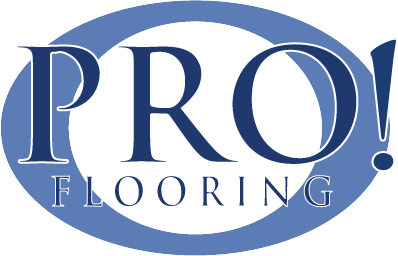
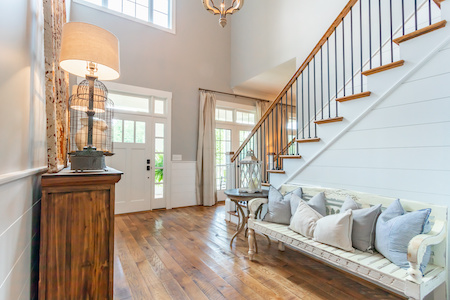 If you enjoy hosting gatherings or have kids who love to play sports indoors, you may want to consider a hardwood flooring option that can handle the stress of these activities. Engineered hardwood flooring, which consists of multiple layers of wood topped with a hardwood veneer, offers increased stability and resistance to moisture compared to solid hardwood, making it a suitable choice for areas prone to spills or fluctuations in humidity.
If you enjoy hosting gatherings or have kids who love to play sports indoors, you may want to consider a hardwood flooring option that can handle the stress of these activities. Engineered hardwood flooring, which consists of multiple layers of wood topped with a hardwood veneer, offers increased stability and resistance to moisture compared to solid hardwood, making it a suitable choice for areas prone to spills or fluctuations in humidity.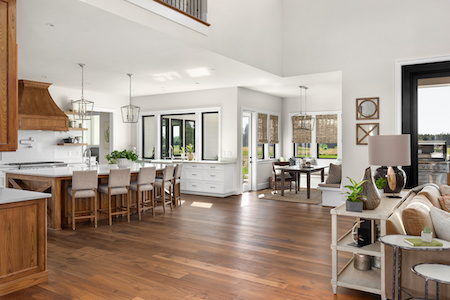 Hardwood possesses an unparalleled natural beauty. The warm tones and unique grain patterns bring a sense of authenticity to any room. Unlike synthetic materials, each hardwood plank tells a story, making it a timeless addition to both traditional and contemporary interiors.
Hardwood possesses an unparalleled natural beauty. The warm tones and unique grain patterns bring a sense of authenticity to any room. Unlike synthetic materials, each hardwood plank tells a story, making it a timeless addition to both traditional and contemporary interiors.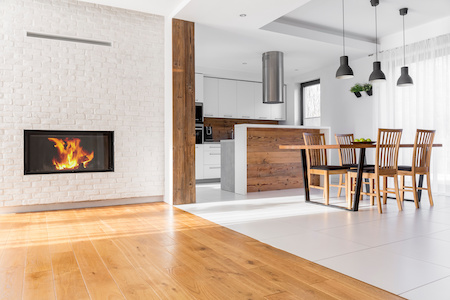 Depending on the material, you may have to use different techniques to create visual appeal and functionality.
Depending on the material, you may have to use different techniques to create visual appeal and functionality.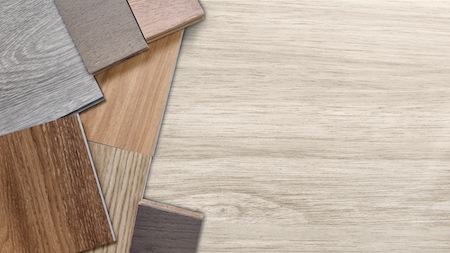 One of the first questions homeowners often ask is how engineered wood compares to solid wood flooring. Let’s break down the key differences:
One of the first questions homeowners often ask is how engineered wood compares to solid wood flooring. Let’s break down the key differences: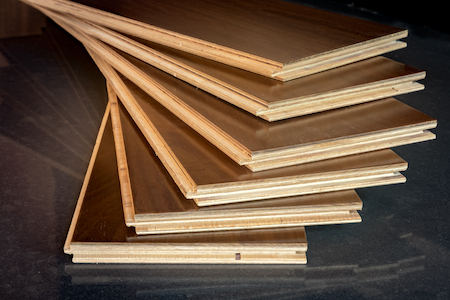 You want hardwood. But you want sustainability too. If you’ve done any research, you might have a good idea about the sustainability practices of a solid hardwood floor. Engineered hardwood can give you more of what you’re looking for.
You want hardwood. But you want sustainability too. If you’ve done any research, you might have a good idea about the sustainability practices of a solid hardwood floor. Engineered hardwood can give you more of what you’re looking for.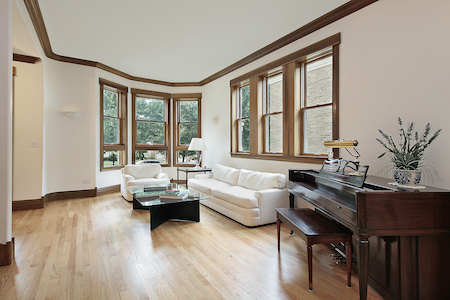 Prefer mid-century modern? This combines timelessness, charm, and unassuming style into one beautiful look.
Prefer mid-century modern? This combines timelessness, charm, and unassuming style into one beautiful look.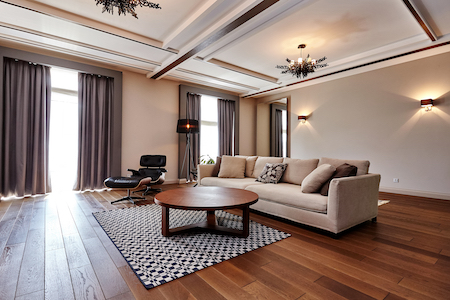 Many homeowners are looking for ways to reduce their environmental impact while still enjoying the beauty and durability of hardwood flooring. Where do you begin? We have a few ideas for you.
Many homeowners are looking for ways to reduce their environmental impact while still enjoying the beauty and durability of hardwood flooring. Where do you begin? We have a few ideas for you.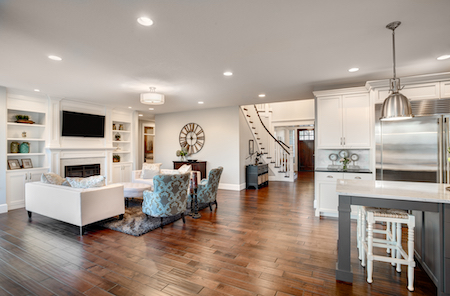 Engineered hardwood is known for its sturdiness. While it’s crafted using natural hardwood veneer on top, it’s counterbalanced with multiple layers underneath to increase strength and durability. This makes it ideal for resisting dents and scratches.
Engineered hardwood is known for its sturdiness. While it’s crafted using natural hardwood veneer on top, it’s counterbalanced with multiple layers underneath to increase strength and durability. This makes it ideal for resisting dents and scratches.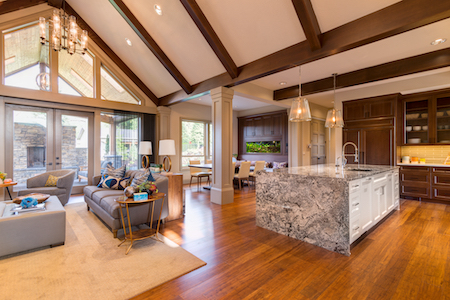 Durability – Many exotic hardwoods are harder and more durable than domestic hardwoods. This means they can withstand heavy foot traffic, scratches, and other types of wear and tear. This can make them ideal for high-traffic areas, such as entryways, hallways, and kitchens.
Durability – Many exotic hardwoods are harder and more durable than domestic hardwoods. This means they can withstand heavy foot traffic, scratches, and other types of wear and tear. This can make them ideal for high-traffic areas, such as entryways, hallways, and kitchens.